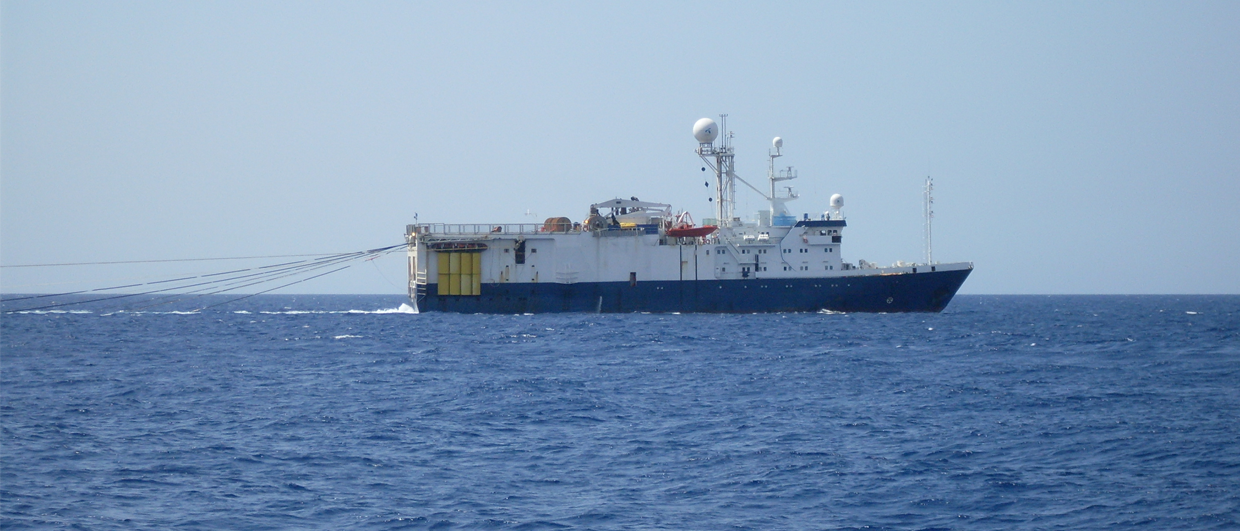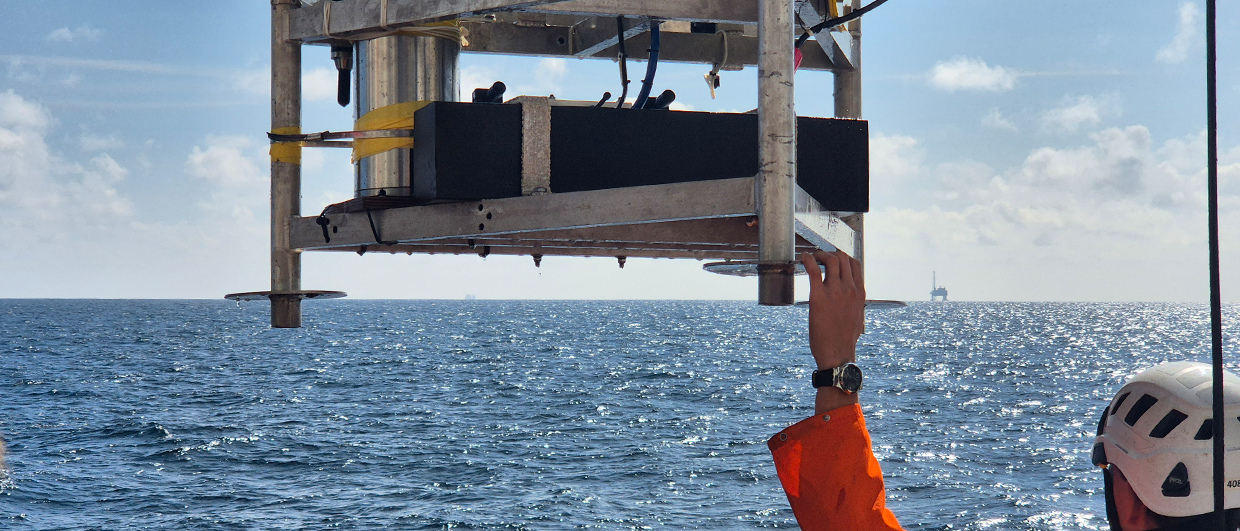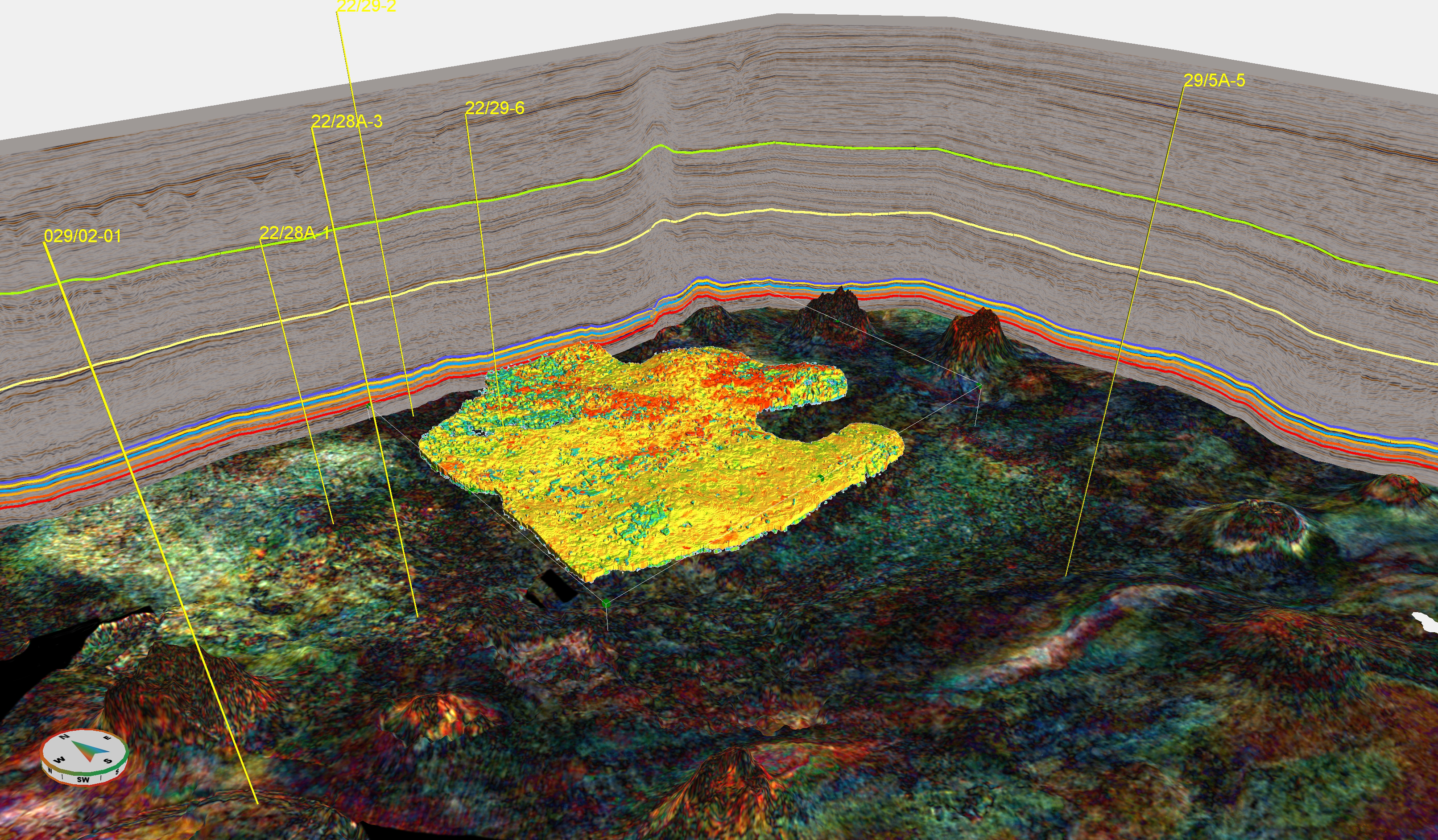Neptune Energy, together with partners Idemitsu, Wellesley Petroleum and Pandion Energy submitted their Plan for Development and Operation for Duva to the NPD.
Duva’s recoverable resources are estimated to be 88 million barrels of oil equivalent. Planned production start is around the turn of the year 2020/2021 and it’s expected to yield around 30,000 barrels of oil equivalent per day at maximum production.
The Duva field will be developed with a four-slot subsea template and tied back to the Gjøa platform only 6km further for processing and export. The field will have three production wells, two oil producers and one gas producer, with the possibility of another oil well. The expected production time on Duva is 13 years.

From Cara to Duva
Discovery 36/7-4 Cara was made in 2016 by GDF Suez, with partners Spring Energy and Idemitsu Petroleum. The well proved a 50m gas column and 60m oil column in a stratigraphic pinch-out trap of Agat sandstones. Reservoir quality ranges from very good in the top section to good in the lower section and a formation test showed very good production and flow properties. In 2017, Engie increased the estimates for Cara to 56 – 94 MMboe.

In 2016, GDF Suez became Engie Energy, and was then merged into Neptune Energy in 2018. The operator has a 30% ownership interest. The other licensees are Idemitsu (30%), Pandion (20%) and Wellesley (20%).
Now Cara becomes Duva, which is the name of one of the 9 daughters of the sea god Ægir and Ran in the Old Norse mythology.
Gjøa P1
Neptune is also operator in PL 153 Gjøa and has also submitted a PDO exemption application for the P1 project on behalf of the licensees in this production licensee. The licensees consist of Neptune (30%), Petoro (30%), Wintershall Norge (20%), Okea (12%) and DEA Norge (8%).
The P1 segment in Gjøa is already covered by the development plan for the Gjøa field. Gjøa P1 is regarded as a further development and extension of the Gjøa field focusing on increased exploitation says Neptune Energy. The NPD agrees that there are obvious advantages associated with coordinating the development of the two projects. This also contributes to optimised resource utilisation in the Gjøa area.
Read the press releases by Neptune Energy and the NPD.





